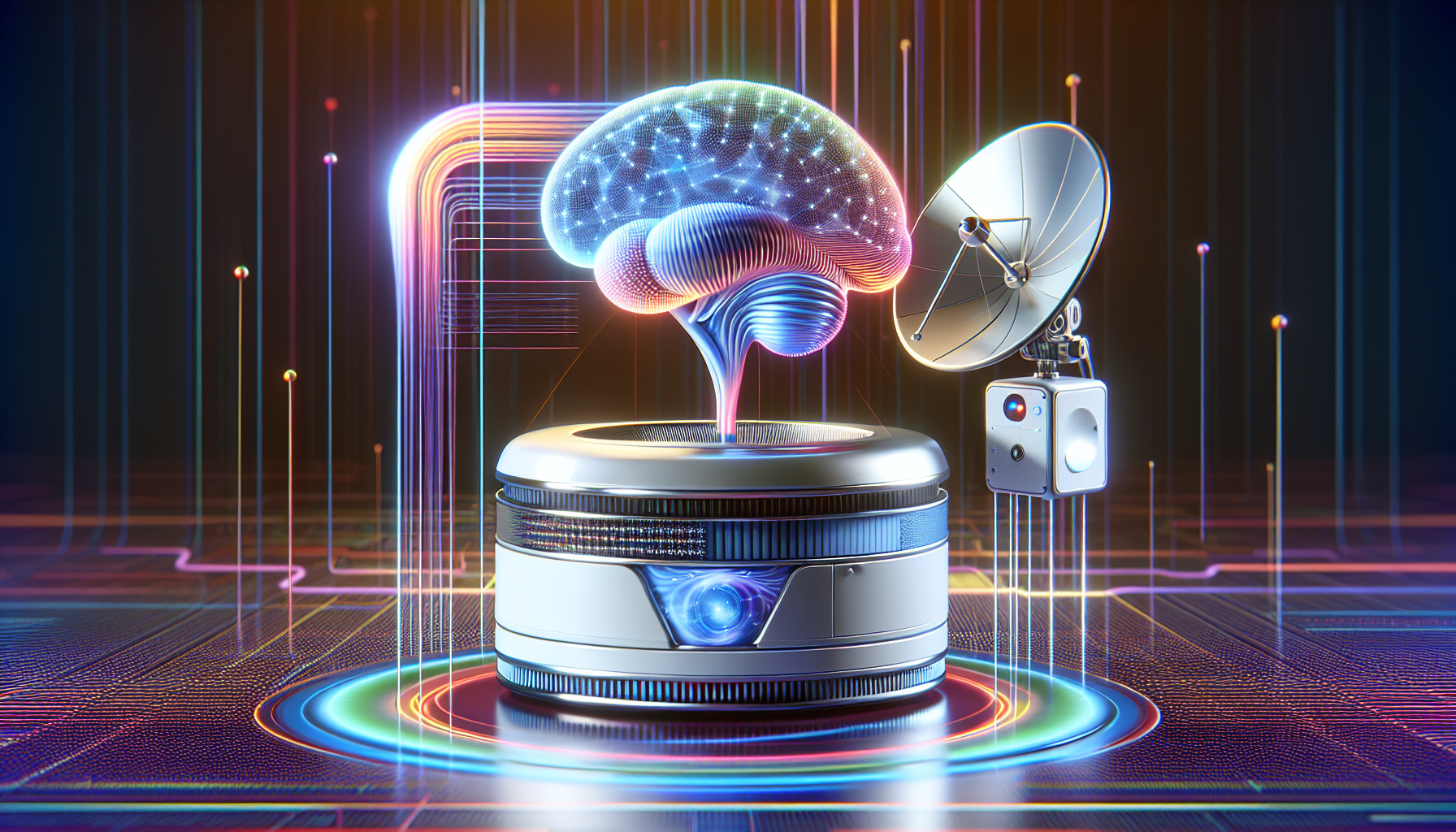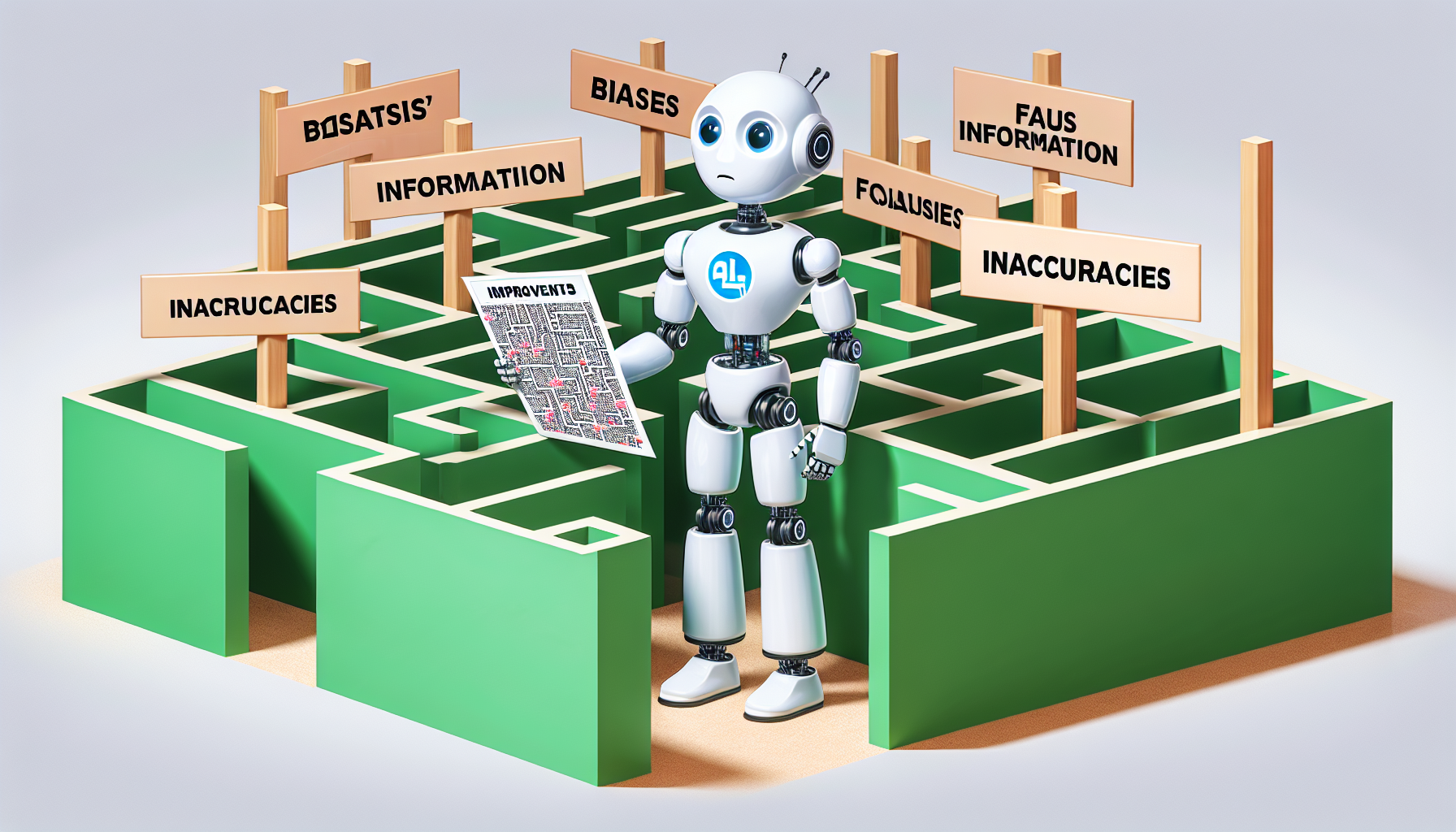Google Bard, also known as “what is Google Bard,” is an AI chatbot created by Google to simplify online interactions. It processes and responds to human queries with a high degree of language understanding, all while integrating with Google’s suite of services. This article breaks down Bard’s technology, how it stacks up against similar AI chatbots, and its practical uses for everyday tasks.
Key Takeaways
Google Bard leverages advanced conversational language models, NLP, and deep integration with Google services, allowing for natural, contextually informed interactions in multiple languages.
Despite its innovative capabilities, Google Bard faces challenges with disseminating incorrect or biased information, underlining the necessity for continual refinement and manual oversight.
Google Bard is positioned as a multifaceted tool with practical applications in business, marketing, creative writing, coding, and beyond, offering capabilities that range from generating creative content to providing coding assistance.
Google Bard: The AI Chatbot Revolution

Google Bard, unveiled by Google, is setting a new standard in the AI chatbot landscape. Unlike traditional AI chatbots, Bard utilizes Google’s language model and artificial intelligence to comprehend human language, generate text, and simulate conversations with users. This ability to interpret natural language queries and deliver responses in over 40 languages gives it a significant edge in multilingual support.
Furthermore, Google Bard’s integration with Google Assistant and other Google apps and services, such as Google Lens, enriches its responses with more contextually relevant information, making it a powerful tool in the world of AI chatbots.
Google Bard’s Core Mechanics

Diving deeper into the core mechanics of Google Bard, we find a blend of advanced technologies working in unison. Google Bard leverages:
Conversational language models and NLP to engage with users and deliver responses that feel remarkably natural
Integration with other Google apps and services to enrich its responses with information from these platforms, contributing to more informed and contextually relevant interactions
Sourcing real-time information from the internet to deliver up-to-date answers, utilizing the vast data resources available online to inform its responses
Language Model and NLP
At the heart of Google Bard’s functionality lies its language model and NLP capabilities. These technologies allow Bard to understand and replicate human dialogues, analyzing and generating human language from extensive text and data repositories, including information about our solar system. The initial language model utilized by Google Bard was LaMDA, a large language model specifically designed for dialogue applications. However, to improve its performance, Bard transitioned from LaMDA to the adoption of PaLM, an advanced large language model, and eventually upgraded to PaLM 2. This evolution has significantly improved Bard’s conversational capabilities, allowing it to accommodate a broader and more international user base.
Integration with Google Apps
Google Bard’s strength lies in its seamless integration with a variety of Google apps and services. This integration enables Bard to use information from apps such as Google Calendar and Google Drive to enhance the accuracy and utility of its responses. However, while integrating with these apps, Google Bard is mindful of user privacy. It advises users not to enter confidential information into conversations and assures that it does not use user data to improve its products.
Real-time Information Sourcing
Another key feature of Google Bard is its ability to source real-time information from the internet. Through Bard Extensions, it fetches real-time information from Google apps like Gmail, Drive, Google Docs, Maps, and Flights. This ability allows Google Bard to offer current answers, retrieving data from other Google services and the web.
Google has recently announced that it will use ‘publicly available information’ to aid in the training of its AI models, including Google’s language model, and the development of products and functionalities like Google Translate, Bard, and Cloud AI capabilities, all of which can be accessed through a simple Google search.
Practical Applications of Google Bard

The incredible capabilities of Google Bard are not just technologically impressive; they have practical applications in various sectors. From business and marketing to creative writing and coding, Google Bard has proven to be a versatile tool. It not only generates content for:
blogs and articles
data analysis
webpage analysis and comparisons
interpreting customer data
refining marketing strategies using real-time information
Google Bard is a powerful tool with a wide range of applications, often providing the bard’s answer to complex queries, making google bard work effectively for users.
Business and Marketing
In the business and marketing sector, Google Bard is making waves. Its ability to generate content efficiently makes it a robust tool for enhancing content creation. It can produce a large quantity of materials such as:
emails
blog posts
outlines
other content-related activities
Furthermore, Google Bard can actively engage in the brainstorming process. By equipping Bard with pertinent project or product details, businesses can leverage the AI to generate a broader spectrum of ideas and viewpoints, potentially leading to more innovative solutions.
Creative Writing and Collaboration
In the sphere of creative writing and collaboration, Google Bard excels. Its capabilities include:
Producing creative text, including poetry, song lyrics, and puns
Positioning itself as a flexible collaboration partner
Enabling real-time collaborations across various locations through its interactive features
Providing creative methods for interaction and collaboration through its Bard Extensions
These features significantly enhance the overall writing process.
Coding Assistance
Google Bard also offers its capabilities to the coding sector. It aids in programming tasks, generates code, debugs existing code, and provides explanations for code snippets. This assistance enhances the process of software development and supports more than 20 programming languages, including:
C++
Go
Java
Javascript
Python
Typescript
Google Bard has the capability to offer real-time code correction suggestions, aiding in refining and enhancing code as it is being written.
Addressing Google Bard’s Limitations

Despite its noteworthy capabilities, Google Bard has its constraints. A primary challenge it faces includes:
Generating factually incorrect or plagiarized stories
Delivering inaccurate, misleading, or false information
On 78 out of 100 topics, the chatbot was found to convey false (and potentially harmful) opinions, highlighting the need for constant improvement.
Biases and False Information
Biases and false information pose significant challenges for AI models, including Google Bard. Biases in AI models can arise from biases present in the training data. As AI models derive their learning from patterns found within extensive datasets, they may unintentionally absorb and perpetuate biases existing within those datasets.
Google has taken measures to rectify these issues by instructing Bard to refrain from generating content that perpetuates stereotypes or contains harmful material.
Inaccurate Answers and Notable Incidents
In addition to biases and false information, Google Bard has also been caught providing inaccurate answers. One notable incident occurred during a live demonstration led by Google and Alphabet CEO Sundar Pichai, where Bard erroneously asserted that the James Webb Space Telescope captured the initial images of an exoplanet in its own solar system.
After these incidents, Google has initiated a procedure in which employees manually revise Bard’s erroneous responses, as part of a strategy that depends on learning from examples to enhance the AI’s precision.
Accessing and Utilizing Google Bard

Accessing and using Google Bard is quite simple. It requires a personal Google Account and can be accessed through a web browser. Once logged in, users can interact with Bard using a chat interface, where they receive personalized recommendations along with regular search results.
Accessing Google Bard
To access Google Bard, simply follow these steps:
Visit bard.google.com
Click on your profile picture or initial located at the top right
Sign out of your Google account
Visit bard.google.com again while being signed into your Google account
Join the Bard waitlist
And the best part? You can use Google Bard for free.
Tips for Better Responses
To get the best responses from Bard, you need to understand how to communicate with it effectively. The way you format your query can have a significant impact on Bard’s responses. Various query formats may lead to different categories of responses.
You can also specify the level of detail you want in Bard’s responses by including numerical values in the prompt. For instance, you can specify a particular number of words, items, or steps to get the desired level of detail.
Comparing Google Bard and ChatGPT
Although Google Bard and ChatGPT both have AI chatbot capabilities, they each have their unique strengths and focuses. Google Bard is specifically tailored for speech generation and excels in providing current information and generating chunks of information per prompt when answering questions.
On the other hand, ChatGPT is proficient in engaging in conversational back-and-forth dialogue, such as bing chat, and delivering content in a single text prompt.
Feature Comparison
In terms of features, both Google Bard and ChatGPT offer advanced language models for text processing and comprehension. However, Google Bard stands out with its:
Spoken responses
Image and video analysis
Multilingual responses
Seamless integration with other Google apps and services.
On the other hand, ChatGPT is known for its:
Extensive vocabulary
Contextual understanding
Multilingual capabilities
Ability to create content such as marketing materials, code, translations, recipes, and research-driven text.
Integration and Availability
In terms of integration and availability, Google Bard and ChatGPT differ. Bard is integrated with various Google apps and services and is accessible in over 40 languages and more than 230 countries and territories.
In contrast, ChatGPT can be integrated into various services and applications using platforms like Zapier or through its own integration service.
Alternative AI Chatbot Solutions
Beyond Google Bard and ChatGPT, there are other AI chatbot solutions that are worth considering. These include:
Microsoft Bing
ChatSonic
Jasper Chat
YouChat
NeevaAI
Each of these alternatives offers unique features and capabilities, making them potential options for those looking for AI chatbot solutions.
Summary
Google Bard has certainly made a mark in the world of AI chatbots, leveraging its advanced language models, natural language processing, and integration capabilities to provide conversational answers. Despite its limitations such as biases, false information, and inaccurate answers, Google Bard continues to improve and evolve, providing practical applications in various sectors including business, marketing, creative writing, collaboration, and coding assistance.
Frequently Asked Questions
What does Google Bard do?
Google Bard is a conversational AI tool that can respond to questions in real-time, generate text, translate languages, and create various types of content. It allows users to explore creative ideas and explain things simply.
Is Google Bard better than ChatGPT?
Bard may be better than ChatGPT for web browsing and providing free access to the internet. Additionally, Bard uses Google’s LaMDA, making it better suited for conversational tasks.
How is Bard different from Google search?
Bard is different from a Google search in that it provides more detailed answers and is designed for more creative collaboration, functioning as a conversational AI chatbot. Google search, on the other hand, remains the go-to option for researching specific topics and seeking summaries.
How can I access Google Bard?
To access Google Bard, you will need to go to the Google Workspace website and enable it through the Google Admin Console, under “Additional Google services” and then “Early Access Apps.” Alternatively, you can visit Bard.Google.com and log in to your Google account.
What is Google Bard?
Google Bard is a conversational AI chatbot that utilizes advanced language models and natural language processing to offer conversational responses.

Comments